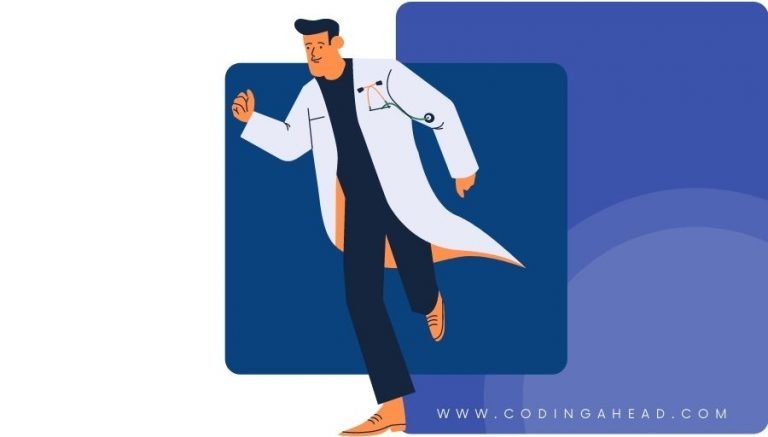How To Use CPT Code 0207T
CPT 0207T describes the use of thermal energy and pressure to treat meibomian gland dysfunction, which can lead to dry eye syndrome. This article will cover the description, procedure, qualifying circumstances, appropriate usage, documentation requirements, billing guidelines, historical information, and examples.
1. What is CPT Code 0207T?
CPT 0207T can be used to describe a procedure in which an automated system is used to withdraw secretions from the meibomian glands, which are sebaceous glands at the edge of the eyelid that secrete an oily substance called meibum. This procedure is performed using heat and intermittent pressure to evacuate the meibomian glands and is typically used to treat meibomian gland dysfunction, a condition characterized by inflammation and obstruction of the glands.
2. Official Description
The official description of CPT code 0207T is: ‘Evacuation of meibomian glands, automated, using heat and intermittent pressure, unilateral.’
3. Procedure
- The provider applies heat and graded pressure to the outer parts of the upper and lower eyelids using an automated system.
- The heat warms the secretions in the meibomian glands, making it easier for the automated system to manipulate and evacuate the secretions.
- This procedure helps to alleviate meibomian gland dysfunction and improve symptoms of dry eye syndrome.
4. Qualifying circumstances
CPT 0207T is used for the treatment of meibomian gland dysfunction, a condition characterized by inflammation and obstruction of the meibomian glands. This procedure is typically performed on patients with dry eye syndrome caused by decreased tear production. It is important to note that CPT code 0207T is used for unilateral conditions, and if the procedure is performed on both eyes, modifiers RT/LT or modifier 50 should be used based on payer preference.
5. When to use CPT code 0207T
CPT code 0207T should be used when an automated system is used to evacuate the meibomian glands using heat and intermittent pressure. This code is specifically for unilateral conditions, so if the procedure is performed on both eyes, appropriate modifiers should be used. It is important to review the documentation and ensure that the procedure meets the specific criteria outlined in the code description.
6. Documentation requirements
To support a claim for CPT code 0207T, the provider must document the following information:
- Patient’s diagnosis of meibomian gland dysfunction and dry eye syndrome
- Use of an automated system for the evacuation of meibomian glands
- Date and duration of the procedure
- Specific details of the procedure, including the application of heat and intermittent pressure
- Unilateral nature of the procedure
- Signature of the provider performing the procedure
7. Billing guidelines
When billing for CPT code 0207T, ensure that the procedure meets the specific criteria outlined in the code description. It is important to use appropriate modifiers if the procedure is performed on both eyes. Review the payer’s guidelines and preferences for reporting this code to ensure accurate billing.
8. Historical information
CPT code 0207T was added to the Current Procedural Terminology system on January 1, 2010. There have been no updates or changes to the code since its addition.
9. Examples
- A patient with meibomian gland dysfunction undergoes an automated procedure using heat and intermittent pressure to evacuate the glands, improving symptoms of dry eye syndrome.
- An ophthalmologist performs the evacuation of meibomian glands using an automated system on a patient with unilateral meibomian gland dysfunction.
- A patient with dry eye syndrome caused by meibomian gland dysfunction receives treatment with an automated system, resulting in improved tear production and relief of symptoms.
- An optometrist uses an automated system to evacuate the meibomian glands of a patient with unilateral dry eye syndrome, providing long-term relief.
- A provider performs the evacuation of meibomian glands using heat and intermittent pressure on a patient with meibomian gland dysfunction, improving the patient’s tear film stability.
- A patient with chronic dry eye syndrome undergoes an automated procedure to evacuate the meibomian glands, resulting in improved tear quality and reduced ocular discomfort.
- An ophthalmic technician assists in the evacuation of meibomian glands using an automated system, providing relief for a patient with meibomian gland dysfunction.
- A patient with unilateral meibomian gland dysfunction receives treatment with an automated system, leading to improved meibum secretion and reduced symptoms of dry eye syndrome.
- An optometrist performs the evacuation of meibomian glands using an automated system on a patient with dry eye syndrome, resulting in improved ocular surface health.
- A provider uses an automated system to evacuate the meibomian glands of a patient with meibomian gland dysfunction, providing long-term relief from dry eye symptoms.



